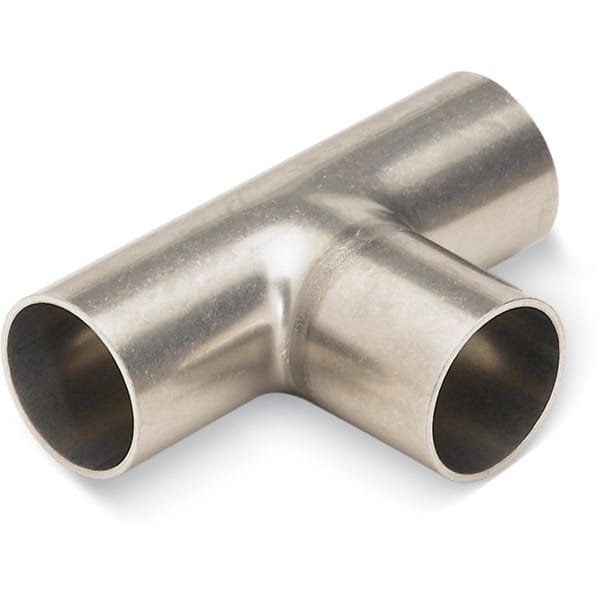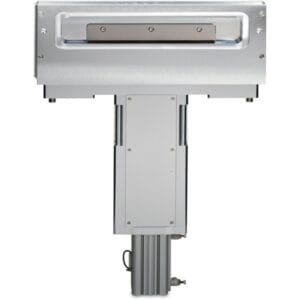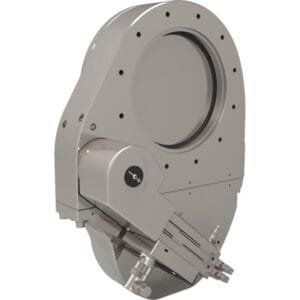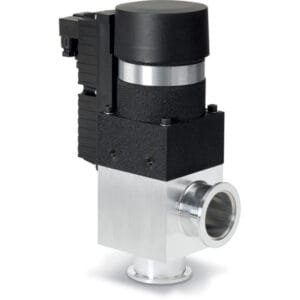Weldable Tee Tube Fittings for Semiconductor Applications
We produce our weldable tee tube fittings from premium 304 series stainless steel, designed specifically for demanding applications. These fittings are ideal for use as roughing lines in semiconductor process equipment and for foreline and pump exhaust lines within semiconductor subfabs.
Features of Our Weldable Tees
- Superior Cleanliness: Our weldable tees are engineered to achieve maximum cleanliness for ultra-high vacuum (UHV) applications, reaching levels greater than 10<sup>-13</sup> Torr, ensuring reliable performance in critical environments.
- Advanced Fabrication: Manufactured using a pulled-port technique, our fittings feature full penetration butt welds and crevice-free weld joints. This meticulous approach enhances integrity and reliability.
- Versatile Design: The reducer tees are designed to accommodate two different tube sizes, providing flexibility in system configurations.
- Customizable Specifications: We offer a range of common wall thicknesses and tube diameters. For specific requirements or inquiries about flanged versions, please contact us for personalized assistance.
Specifications
- Vacuum Range: ≥ 1×10<sup>-13</sup> Torr
- Temperature Range: -200 °C to 450 °C
Elevate your semiconductor processes with our reliable and high-performance weldable tee tube fittings, engineered to meet the stringent demands of the industry.





Reviews
There are no reviews yet.